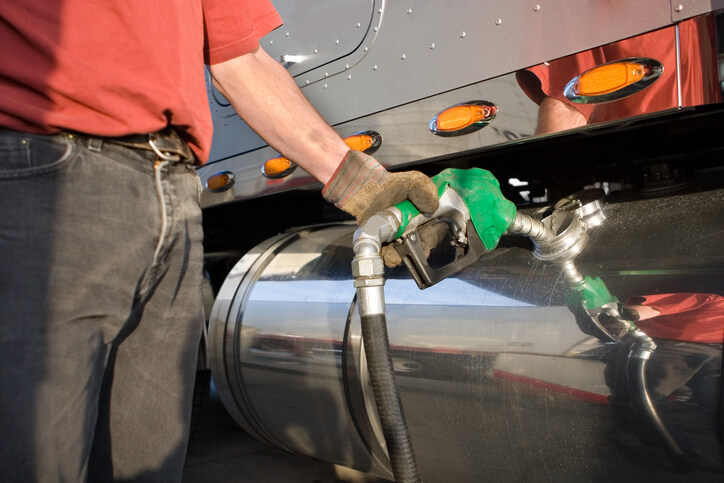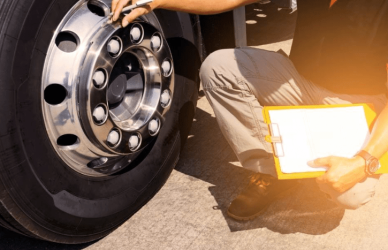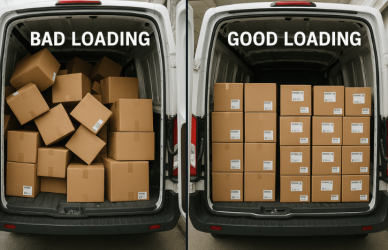The North American Council for Freight Efficiency (NACFE) is offering a roadmap to guide trucking companies on the journey towards decarbonization. The report, “The Messy Middle: A Time for Action,” outlines how the industry can navigate through this long period of transition from diesel-powered trucks to zero emissions freight movement. NACFE hopes that their guidance will help operators make informed decisions as they strive toward an environmentally conscious future in transportation and logistics.
NACFE introduced the report at a Feb. 26 press conference here at the Technology & Maintenance Council Annual Meeting and Transportation Technology Exhibition.
The future of freight transport is set to become even more diverse, as fleets now have access to an array of advanced technologies ranging from diesel trucks and renewable fuels to natural gas and hydrogen fuel cell vehicles. Hybrid powertrains and battery-electric options are also on the table for companies looking towards greener methods of transportation.
Navigating the “messy middle” of long-haul trucking is a complex decision, but this report aims to provide fleets with an expert framework for evaluating their choices. Examining both benefits and challenges across available options, this guide promises to make fleet decisions simpler amid uncertain times.
According to NACFE Executive Director, Mike Roeth, this time of transition is already well under way.
“Trucking is decarbonizing,” he said. “We are doing it in a lot of different ways, from the better efficiency of diesel trucks, going to zero with battery-electric and hydrogen, and finally looking at these alternatives in the messy middle.”
With stricter emissions policies and the drive for green sustainability, Jeff Seger of NACFE has identified several key factors influencing tomorrow’s powertrain decisions – such as fuel prices and energy costs. This comes from a report authored by Mr. Seger himself with an eye to the future of transportation around us all.
“What we’re seeing is the model is clearly changing for fleets,” Seger said.
The old mantra of “get it there on time at lowest cost” is giving way to “get it there on time at lowest cost, but in an environmentally friendly way,” he said.
Despite diesel maintaining its role as an industry leader in terms of range, cost and maturity, battery-electric and hydrogen fuel cell vehicles are becoming more popular for their environmental sustainability. Seger highlighted the importance of considering not just emissions at the tailpipe but also overall well-to-wheels sustainability when evaluating these newer options.
In 2019, the North American Council for Freight Efficiency (NACFE) coined a new term – “messy middle” – to capture the difficulty facing the trucking industry in their journey toward zero emissions over the coming years.
“It should not have any negative connotation,” Seger said. “It’s just a period when there are a lot of different options for fleets and a lot of decisions they are going to need to make.”
The report concludes that fleets should begin entering the “messy middle” now to prepare for a zero-emission future.
“This is a time of action,” Roeth said.
Roeth added that fleets can look to alternative fuels and electric vehicles as a way of reducing emissions, though diesel may still be the most viable option in some cases. Even then, fleets have the opportunities to make their operations more fuel efficient with aggressive strategies for optimization.
The report sparks calls for stakeholders to join forces and help fleets choose the powertrain best suited to their operations. Manufacturers, consultants, regulators – now is your chance to have a direct impact on how industrial vehicles are powered in today’s world.
NACFE said it plans to issue a separate confidence report on natural gas-powered tractors later this year.
You can view the entire “messy middle” report HERE.
Source: ttnews








